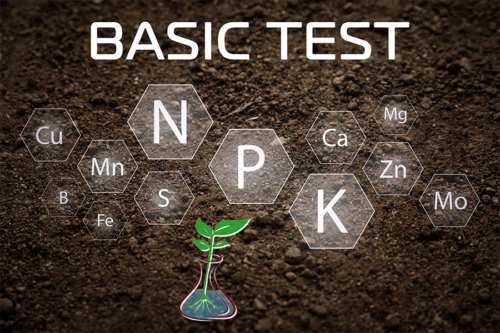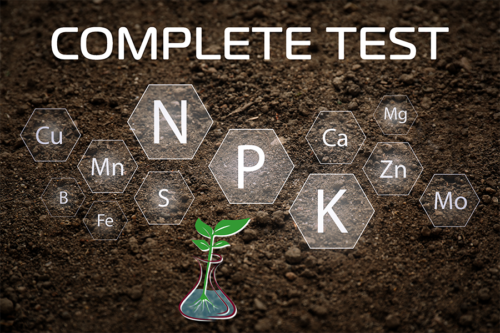Exchangeable Sodium
Whilst sodium may be adsorbed by plants and used as a substitute for some potassium, sodium is generally not considered an essential element for most crops. In fact high sodium levels can compete with calcium, magnesium, and potassium for uptake by plant roots. As such, excess sodium can prompt deficiencies of other cations.

Despite this, it is the action of excessive sodium with regard to soil structural stability which is of greater significance and importance in terms of soil management. This is especially the case in soil profiles located in the arid and semi-arid area. Here sodium forms a large proportion of the exchangeable complex. Some of the most common salts in arid and semi-arid areas are compounds of sodium (e.g. NaCl).
The reason sodium is commonly found in semi-arid and arid climatic regimes, is that the sodium ion is highly soluble. Sodium accumulation therefore occurs either as a result of some factor that impedes sodium loss or by addition to a profile faster than it can be removed (i.e. leached).
In the cotton growing areas of Australia most soil profiles are clay rich (i.e. Vertosols). Vertosols are slowly permeable and hence sodium has accumulated naturally at depth (i.e. between 0.9-2.0 m). Generally the source of the sodium salts are from rainfall (oceanic sources) or from wind blown (playa basins and deflation hollows) deposits.
The reason why sodium causes structural instability is twofold. In the first instance, a sodium ion has a low energy of adsorption and is more likely to exist in the soil solution than calcium, magnesium and potassium. Secondly, it has a weak charge (i.e. has a single positive charge). As a consequence its clay-binding ability is very poor as compared with the double positive charges associated with calcium and magnesium.
An excess of exchangeable sodium relative to the other cations causes soil to disperse. This is because of its effect on the diffuse double layer. As water is added to a sodic soil the water is attracted to the sodium. The sodium ions hydrate readilly, forcing the individual clay particles apart. The cations role in binding the clay particles is overcome and the clay swells then disperses with the addition of good quality water.
|
Exchangeable |
Unit |
Very low |
Low |
Moderate |
High |
Very High |
|
Sodium |
cmol(+)/kg |
<0.1 |
0.3-3 |
0.3-0.7 |
0.7-2 |
>2 |



